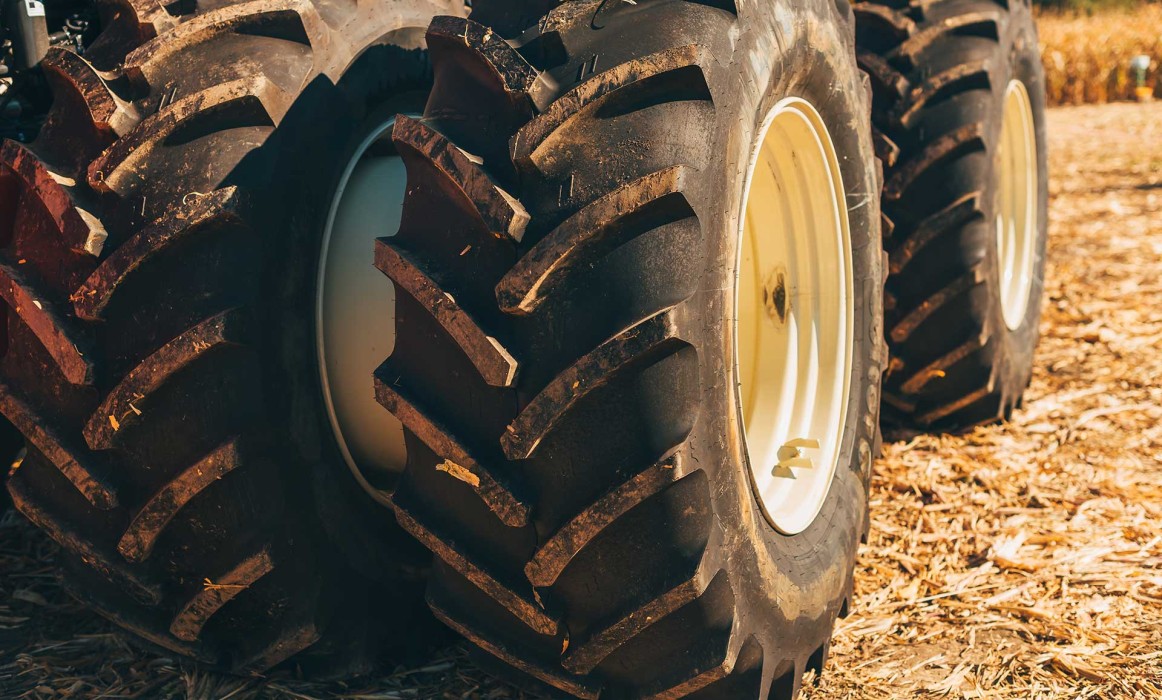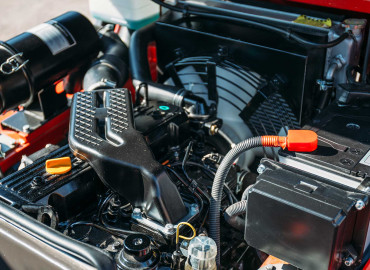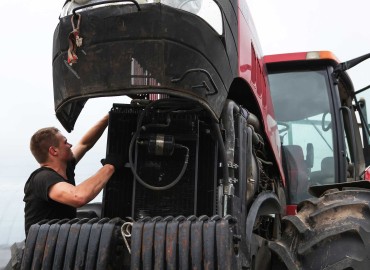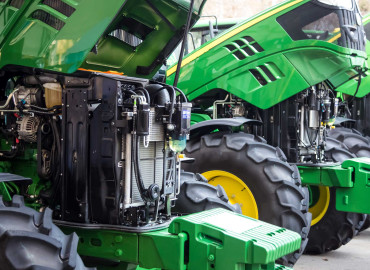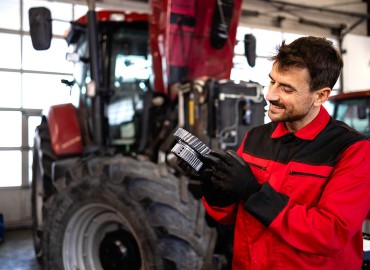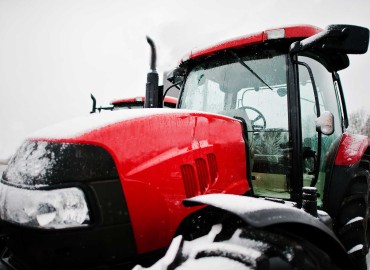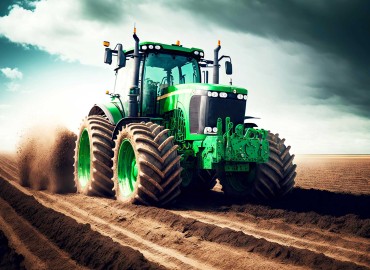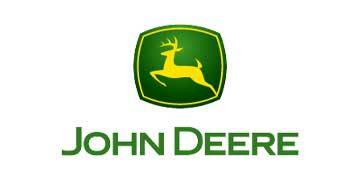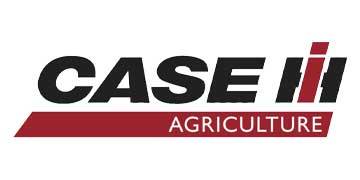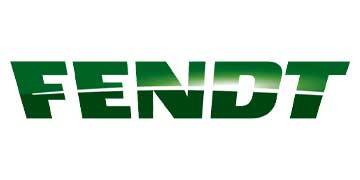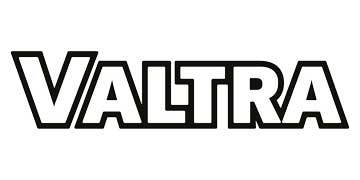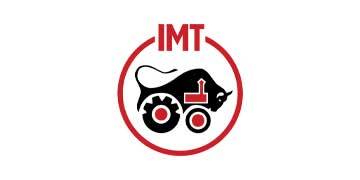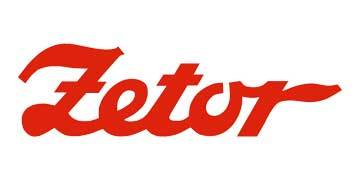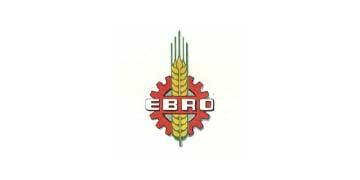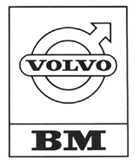Efficiency and effectiveness in the agricultural sector depend directly on the performance of the equipment used. Tractors are among the most crucial tools for farmers, and their performance largely relies on their tires. Proper selection, use, and maintenance of tractor tires ensure efficient operation and reduce operational costs.
Proper Tire Selection
Choosing the right tractor tires not only enhances tractor performance but also improves the quality of work done in the field. Incorrect tire selection can lead to unnecessary wear and even damage to your tractor.
Considerations for Tire Selection:
- Tractor Model and Usage Area: The model of your tractor and its intended use are critical factors in tire selection. Different tires are designed for various agricultural tasks and terrain conditions.
- Tire Size: Adhere to the tire sizes specified in your tractor’s manufacturer guide. Choosing the wrong size can negatively impact the balance and performance of your tractor.
- Tread Pattern: Tractor tires come in various tread patterns. For example, deep-tread tires are suitable for muddy and wet conditions, while smoother patterns are preferable for dry and hard surfaces.
Tractor Tire Pressure and Maintenance
Tire pressure is a critical factor that directly affects tractor performance. Correct tire pressure ensures longer tire life and optimizes fuel consumption.
How to Ensure Proper Tire Pressure:
- Manufacturer Recommendations: Adhere to the tire pressure values specified in your tractor’s user manual. These values may vary based on your tractor model and tire type.
- Regular Checks: Regularly check tire pressure, especially during seasonal changes and periods of heavy use.
- Use of Proper Equipment: Use a quality pressure gauge when measuring tire pressure to avoid incorrect readings and adjustments.
Wear and Damage Inspection
Regularly inspecting tractor tires for wear and damage helps detect potential issues early and prevent major breakdowns.
Signs of Wear and Damage:
- Tread Depth: Regularly check the tread depth of tractor tires. Worn-out treads reduce traction and increase the risk of slipping.
- Cuts and Tears: Inspect the tire surface and sidewalls for cuts and tears. Such damage can lead to tire blowouts.
- Irregular Wear: Notice if tires are wearing irregularly, which may indicate incorrect tire pressure or alignment issues.
Rotation and Replacement
Regularly rotating tractor tires ensures even wear distribution, prolonging tire life. Additionally, tires should be replaced after a certain period of use.
How to Rotate Tires:
- Front and Rear Tires: Rotate front and rear tires at specified intervals to ensure even wear.
- Scheduled Checks: Perform tire rotation at regular intervals, such as every 500 operating hours.
- Professional Assistance: Having tire rotation done by a professional service provider ensures correct application.
Professional Maintenance and Services
Seeking professional services for tractor tires’ maintenance and replacement extends tire life and enhances safety.
Advantages of Professional Services:
- Expertise: Professionals ensure your tires are maintained and replaced correctly to maximize their performance.
- Safety: Professional services ensure proper mounting of tires and necessary safety checks.
- Time Savings: Professional maintenance services allow you to use your time more efficiently without interrupting your work.
By following these recommendations, you can ensure your tractor always performs at its best and efficiently carry out your agricultural activities.
 en
en  tr
tr 
